See the National Centre for Precision Agriculture and International Society of Precision Agriculture
Major precision farming businesses in the UK include SOYL, Soil Essentials, Precision Decisions.
Share and connect useful organisations, inititiatives and resources related to precision farming via this page.

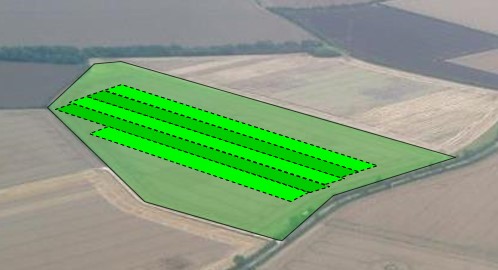
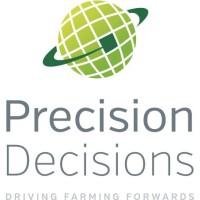


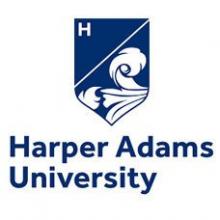
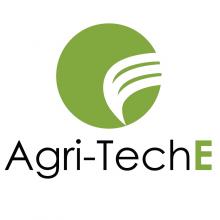

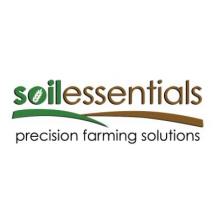
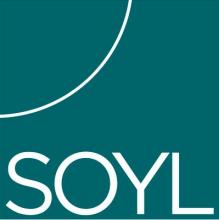



Discussion
It's really a nice topic, Precision farming uses technology to make farming more efficient, which can be great for free range chicken farms. By tracking the chickens' environment and health, farmers can provide better feed and living conditions. This not only keeps the chickens happier and healthier but also improves their overall quality. Using these smart farming techniques helps make free-range chicken farming better and more sustainable.